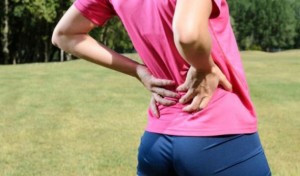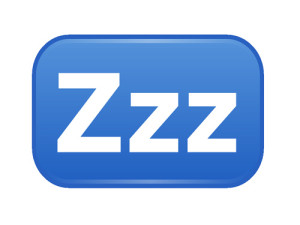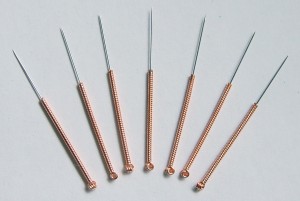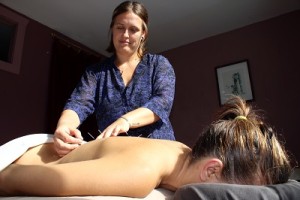 Did you know that workplace stretching can improve flexibility and stop sitting fatigue in it’s tracks? Daily workplace stretching reduces pain, increases your circulation and strengthens your muscles. So, if you are stuck behind a desk for any length of time, try incorporating these quick and easy stretches and exercises into your daily work schedule to stop the fatigue that is caused by too much sitting.
Did you know that workplace stretching can improve flexibility and stop sitting fatigue in it’s tracks? Daily workplace stretching reduces pain, increases your circulation and strengthens your muscles. So, if you are stuck behind a desk for any length of time, try incorporating these quick and easy stretches and exercises into your daily work schedule to stop the fatigue that is caused by too much sitting.
Stretches for Legs and Feet:
- Stand in front of your desk; raise your heels off the floor and slowly lower them back down to the floor. This stretch will help strengthen and lengthen your calf muscles.
- Rotate your ankles in both directions for five seconds. Do three sets of five reps in each direction.
- While sitting in your chair, lift your foot about 8 – 10 centimeters off of the floor; keeping your knee bent at a 90 degree angle and hold the position for as long as you are comfortable. Then, bring your knee up – giving your knee a big hug by pulling it toward your chest and hold for a few moments to feel the stretch. Alternate sides. This stretch will help keep your hips flexible, and will help to alleviate back pain.
- While sitting in your chair, extend your leg until it is level with your hip. Hold for 10-30 seconds then relax. Alternate sides. Leg extensions will help strengthen your core and help increase circulation.
- To get relief from tight hamstring muscles, push your chair away from your desk and place one leg up on the edge of the desk. Flex your foot (toes pointed to the ceiling) and hinge forward at the hips, keeping your back straight and grasp your toes or knees and hold for several seconds. Repeat 3-5 times.
- Seated knee raises target the quadriceps (or upper leg) muscles. Sit in your chair with your feet flat and your back straight against the back of the chair. Using leg strength only, extend your right leg straight. Hold your leg straight for 5 seconds and then lower your foot back down so it’s flat on the floor. Alternate your legs for 5 to 8 repetitions on each side.
Stretches for Arms and Hands:
- Pump both of your arms over your head for 20 – 30 seconds. This is a great way to improve your circulation and increase your heart rate.
- Raise your shoulder to your ear; hold and then relax. Repeat, alternating shoulders. Shoulder raises are a great way to release tension.
- Stretch your arm out in front with your palm facing the ceiling; and with your other hand, grab your fingers and lightly pull them down to stretch your forearm. This wrist stretch helps to prevent carpal tunnel syndrome.
- To relax tense hand muscles, start by making a fist, then spreading and wiggling your fingers on each hand for about 30 seconds, several times a day.
Stretches for your Core:
- Sit straight in your chair and place your left arm behind your left hip, then twist to the left and hold. Alternate sides, and then try crossing your legs and alternate twists toward the back of the chair.
- Sit on the edge of your chair, stretch your arms out in front of you; keeping your back straight and contract your abdominal muscles. This is a great abdominal stretch. Repeat 4 to 5 times.
- Try the seated bicycle pedal. Sit in your chair, scooting down to the edge of the seat and support your upper body on the chair’s armrests. Then pretend you’re riding a bicycle, bringing each knee near the chest, keeping the abdominal muscles contracted.
Stability/Exercise Ball:
One of the best and easiest changes you can make to your work station is to incorporate a stability ball.
- Exercise or stability balls will forces proper spine alignment.
- A stability ball causes to you to change your position often to balance, which will improve your balance, as well as strengthen your core muscles.
- Sitting on a stability ball will keep the blood flowing and will increase your circulation and give you more energy throughout the day.








